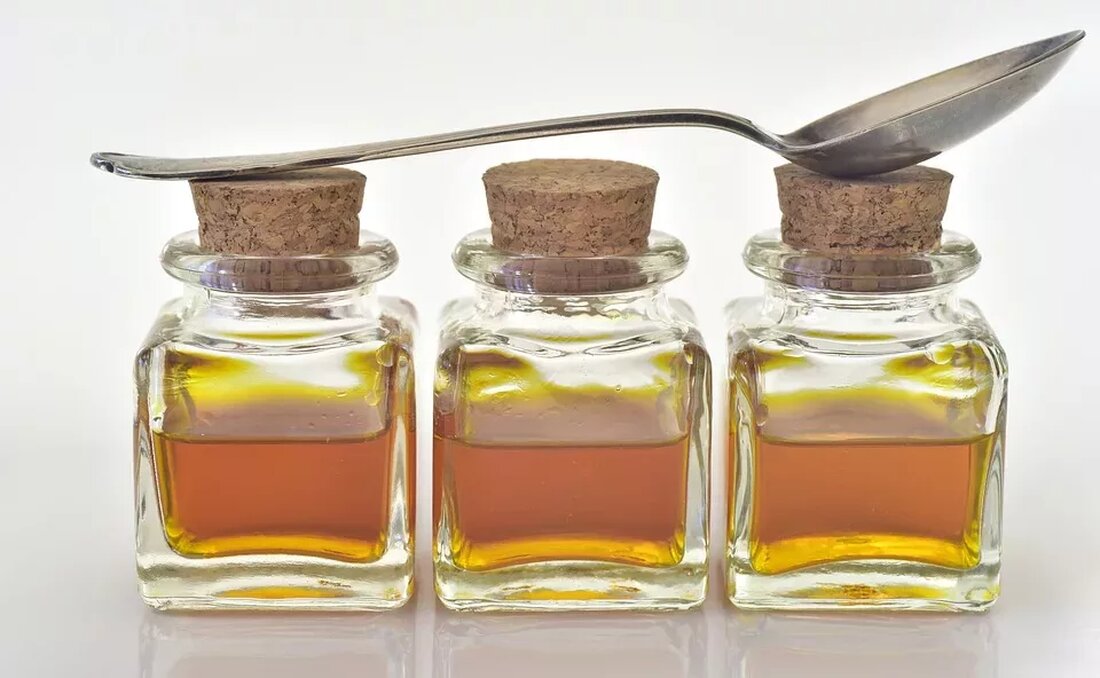Make tinctures and essences
Making tinctures and essences Tinctures and essences are traditional methods for extracting herbal active ingredients. They are often used for medicinal, cosmetic and culinary purposes. In this article we will look at the basics of making tinctures and essences. What are tinctures and essences? Tinctures are liquid extracts made by steeping plant materials in alcohol or another solvent. They are often used for oral ingestion or external application. Tinctures are typically more concentrated than other herbal preparations and therefore have a longer shelf life. Essences, on the other hand, are made by soaking plant...

Make tinctures and essences
Make tinctures and essences
Tinctures and essences are traditional methods for extracting herbal active ingredients. They are often used for medicinal, cosmetic and culinary purposes. In this article we will look at the basics of making tinctures and essences.
What are tinctures and essences?
Tinctures are liquid extracts made by steeping plant materials in alcohol or another solvent. They are often used for oral ingestion or external application. Tinctures are typically more concentrated than other herbal preparations and therefore have a longer shelf life.
Essences, on the other hand, are made by soaking plant materials in water or another solvent. They are less concentrated than tinctures and are often used for culinary purposes or to make perfumes and cosmetics.
Selection of plant materials
When producing tinctures and essences, the quality of the plant materials is crucial. Fresh herbs, plants and flowers are ideal as they contain the highest concentration of active ingredients. It is important that they are free of pests and diseases.
It is recommended to use organically grown or wild-collected plants to avoid chemical residues. Also note that some plants can be poisonous, so do your research before using them.
Materials and tools
To make tinctures you will need:
– Plant materials
– Solvent (e.g. alcohol, glycerin or vinegar)
– Mason jar with lid
– Fine-mesh sieve or coffee filter
– Dark glass bottle for storage
To make essences you need:
– Plant materials
– Water or other solvent
– Mason jar with lid
– Fine-mesh sieve or coffee filter
– Dark glass bottle for storage
Making tinctures
1. Cut or chop the plant materials into small pieces to increase surface area and make extraction easier.
2. Fill the mason jar with the plant materials. It is important not to overfill the jar as the volume may increase during steeping.
3. Pour the solvent over the plant materials until they are completely covered. Make sure there are no air bubbles trapped in the glass.
4. Close the jar tightly with the lid and shake vigorously to promote extraction.
5. Store the jar in a cool, dark place and let it steep for at least two weeks. Shake it daily to continue to encourage extraction.
6. After two weeks or more, you can strain the tincture by pouring it through a fine-mesh sieve or coffee filter. Gently squeeze the plant materials to extract as much liquid as possible.
7. Pour the tincture into a dark glass bottle and label it with the name of the plant and the date it was made. Dark glass bottles protect the tincture from light and extend its shelf life.
Production of essences
1. Cut or chop the plant materials into small pieces.
2. Fill the mason jar with the plant materials. Again, it is important not to overfill the jar.
3. Pour the water or other solvent over the plant materials until they are completely covered.
4. Close the jar tightly and shake it gently.
5. Store the jar in a cool, dark place and let the essences steep for at least two weeks. Shake occasionally to aid extraction.
6. After two weeks or more, you can strain the essence by pouring it through a fine-mesh sieve or coffee filter.
7. Pour the essence into a dark glass bottle and label it accordingly. Dark glass bottles ensure the quality of the essence is preserved.
Storage and shelf life
Tinctures and essences should be stored in a cool, dark place as light and heat can reduce the effectiveness of the extracts. Dark glass bottles or containers protect the tinctures and essences from light.
The shelf life of tinctures can vary depending on the solvent. Alcohol-based tinctures typically last for several years, while glycerin-based tinctures can have a shorter shelf life of six months to a year. Essences that use water as a solvent typically have a shorter shelf life than tinctures.
Use of tinctures and essences
Depending on the plant and desired effect, tinctures can be taken orally or applied topically. The dosage should be individual and according to the recommendations of experts.
Essences are often used for culinary purposes to enhance the flavor of food and drinks. They are also used to make perfumes and cosmetics.
Conclusion
Tinctures and essences are versatile herbal preparations made from plant materials. They are valued for their medicinal, cosmetic and culinary properties. Through proper selection of herbal materials and careful manufacturing, high-quality tinctures and essences can be produced that offer long shelf life and effective uses.

 Suche
Suche
 Mein Konto
Mein Konto
